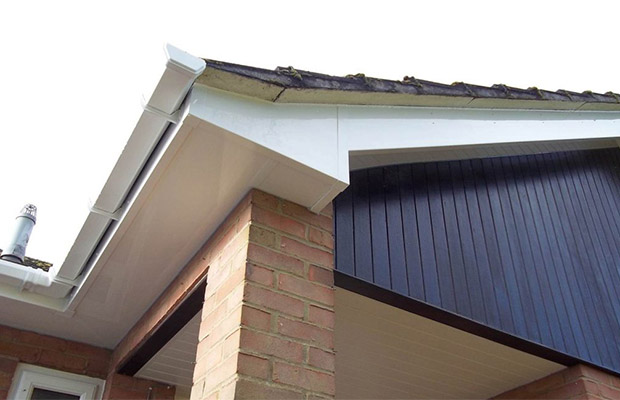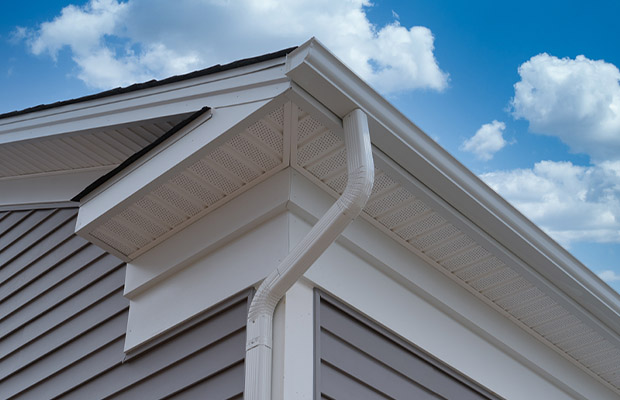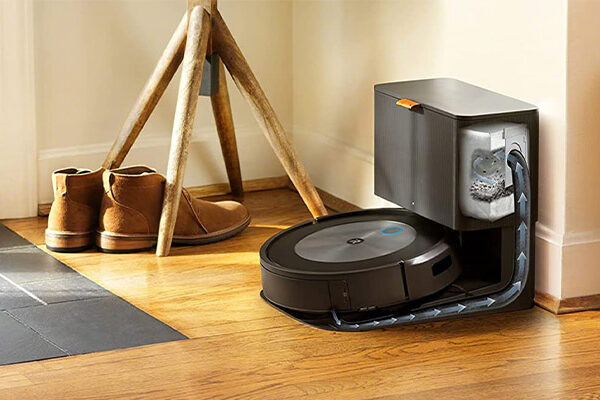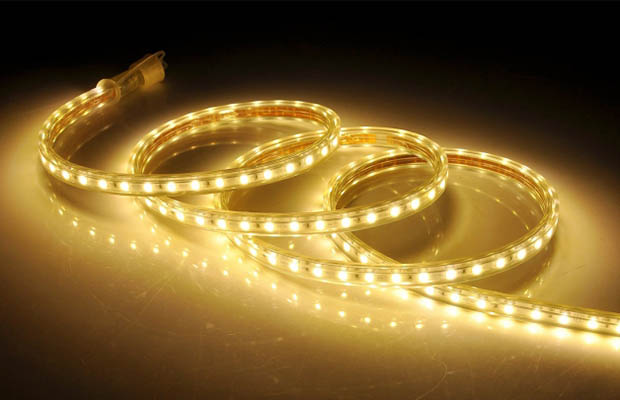Have you ever heard the term “eaves on a house” and wondered what it meant? Well, eaves are on the roof of a home and they hang over the edge of the roof and over the walls to provide a few purposes. This article is the one for you if you’re interested in learning more about house eaves.
The word “eaves” comes from the Old English word efes which means “edge” or “border.” This is a crucial component of the roofing because it needs to be properly finished to avoid animal nesting and possible water intrusion. To more evenly distribute and support the weight of the roof, the rafters of the roof extend past the side of the building, forming eaves.
Let’s examine what eaves are on a house, why they are significant, what benefits they offer, the different types, and how to maintain them.
Table of Contents
What Are Eaves on a House?
They are a part of the side-hanging roof that, as was already mentioned, shields the house from flooding and foundation problems as well as the elements.
Fascia and soffits are used to construct eaves. The fascia wraps around the building horizontally and extends beneath the eaves, covering the roof rafters. The paneling under the eaves that insulates the space between the rafters from the elements is known as the soffit.

Why Eaves Should Be Installed on a Home
Eaves are a crucial component of the house. They safeguard not only the house itself but also the siding and foundation of a building. They don’t cause puddles to grow or damage the footers or foundation. Since they are situated where the roof and the wall meet, they also keep basements dry in homes that have them.
What Eaves Provide for the Home
They shield the house from rain, snowmelt, and other liquids, as was previously mentioned, and they keep water from getting inside. Depending on their angle, they might be able to warm the house in the winter.
Eaves are a source of shade in hotter climates because they help keep a home’s interior cool by being placed close to windows. They also have various widths, which vary according to the roof pitch.
They have the nice feature of ventilating the roof area and preventing the house from overheating in the summer. They are now owned by some people so that they can install security cameras on their homes.
Where Are House Eaves Located?
The edge of the roof is where a house eave is situated. It protrudes just a little bit from your house’s siding. The style and individual preference determine the eave’s length.
Craftsman-style and ranch-style homes frequently have low pitched roofs with wide open eaves that expose the rafters that support the roof structure. Deep eaves are what these are known as. A wide eave is also characteristic of Victorian architecture, but they are usually closed off to conceal the roof rafters. Gambrel roofs with curved eaves are typical of Dutch Colonial homes.
Eaves aren’t just protective; they’re also aesthetically pleasing. On roofs with a slight roof pitch, you may find eaves that have an Italian influence. They do not protrude more than two feet. To complete the decorative look, brackets may be added to them.
A Prairie style home originally created by Frank Lloyd Wright frequently has an overhanging eave. Other homes have numerous eaves. These homes have a distinct design that is inspired by Asian pagodas.
One of the three main types of roof eaves will frequently be visible. These include a closed eave and an overhang with a soffit to close and complete the space beneath the eave. An exposed underside and rafters that can be seen are characteristics of an open eave. These are also known as exposed eaves. The overhang on boxed-in eaves is covered by a soffit. Because ornamental molding has been added, the rafters are hidden.
Read More: How to Connect a Porch Roof to House?
Types of Eaves on a House
They have a purpose for style and decoration in addition to protecting the house.
Decorative Eaves
On slightly pitched roofs, decorative eaves with Italian or Spanish influences are present. To create the look, they overhang by no more than 2 feet. To achieve this appearance, architectural brackets or corbels are frequently added.
Deep Eaves
On bungalow or ranch-style homes, deep eaves are common. They are wide, have brackets, and are deep.
Overhanging Eaves
Many architects who want to mimic the Prairie House design of Frank Lloyd Wright favor overhanging eaves.
Multiple Eaves
To create their distinctive styles, Japanese castles and Asian pagodas employ multiple eaves.
Maintenance of Eaves on a House
The roof, eaves, and gutters need to be checked and maintained. It is crucial to keep an eye on the area where the eaves are attached to the house because there may be leaks there. As a helpful hint, check the soffits for stains to determine whether your eave is leaking. They usually have a rusty or yellow color.
Bees, bats, squirrels, birds, and other unwelcome pests are kept out by the soffits that are located beneath the eaves and seal the space between the rafters. They can, however, get inside.
A great maintenance tip is to regularly check for holes and clean the eaves. When you notice holes, you should immediately seal them. In addition, you can use wires, sticky materials, and nettings to aid in repairs.
Pros and Cons of Eaves
The major advantage of having eaves is they allow melting snow and rain to stay clear of the building’s sides and foundation since the dripping water gets moved further away by the extension that the eaves provide.
This can also help keep your basement dry.
Additionally, The Spruce points out that eaves can provide shade, keeping your home cooler in hot weather. Since the high, secure space keeps them unobtrusive, eaves also frequently house security cameras and outdoor lights.
Unfortunately, that great area can also become a sanctuary for less welcome guests like wasps, yellowjackets, birds and, even bigger animals such as squirrels.
All of these animals prefer to make their nests in that warm, comfortable area close to your home. Because of this, homeowners shouldn’t skip out on routine upkeep. As soon as you become aware of any animal nests, make sure to remove them.
Additionally, you can spend money on repellents to ward off visitors. You can also use decoy nests to keep all kinds of wasps away from your home by spraying mint essential oil underneath your eaves, which keeps mud wasps at bay. A soffit vent is an example of something that should be fixed as soon as it breaks so that no animals move in and notice.
FAQs
Eave Vs Soffit: What Are the Differences?
In a nutshell, eaves and soffits refer to the part of the roof that overhangs the side of a building. Generally speaking, the eave is the whole overhanging part of the roof, whereas the soffit only comprises the underside component of the eave.
What Are Boards under Eaves Called?
In most homes, you’ll have both a fascia board and a soffit working together to protect your roof and eaves from moisture and to help give your home a finished appearance.
The Bottom Line
Your roof’s eaves are an essential component because they direct water away from the house’s exterior walls and toward its side.
Please feel free to contact us below and describe your eaves!
Read More: Can A Surge Protector Go Bad?




